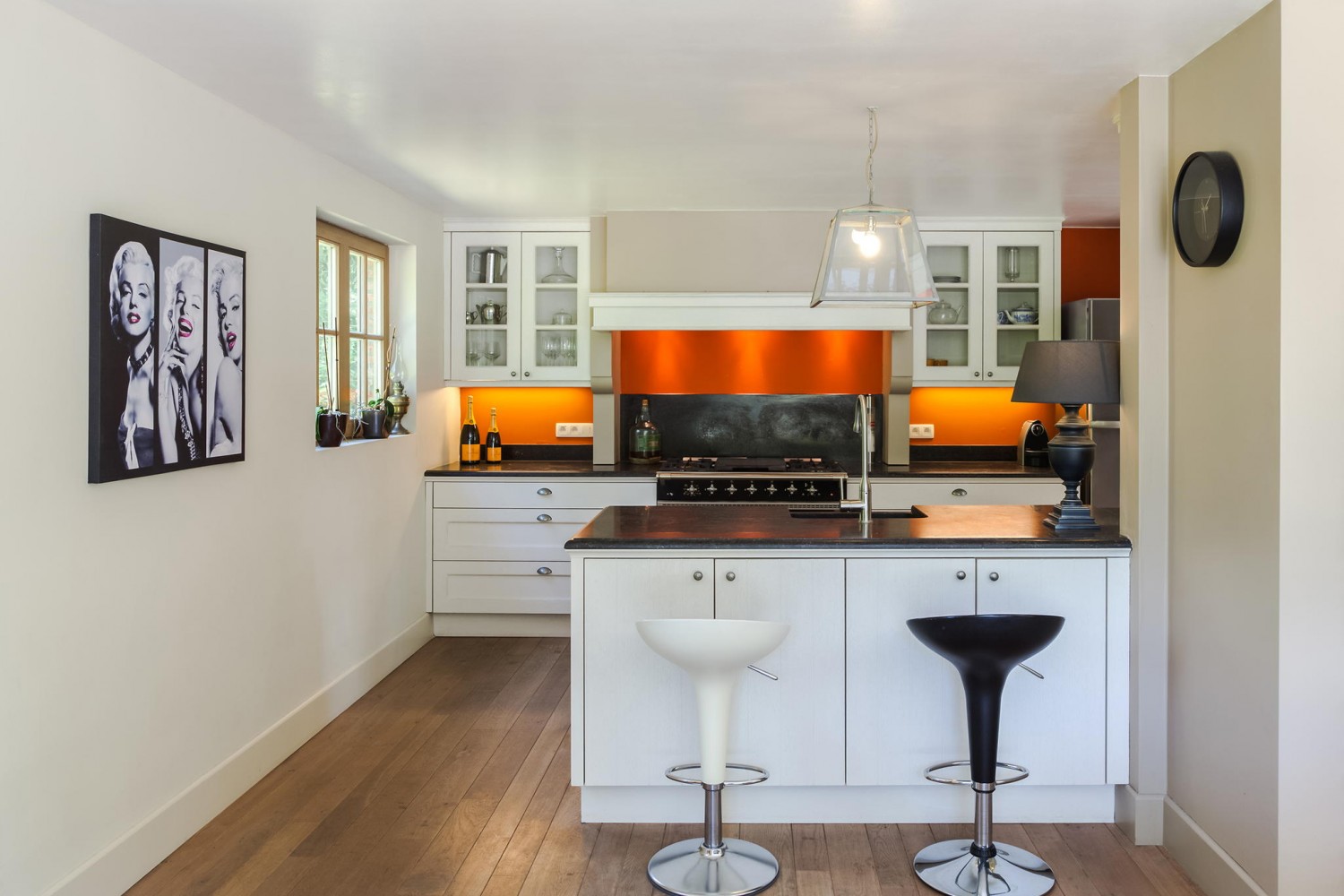Unveil The Interesting Exploration Of Restoring Old Cupboards, Discovering Neglected Tales And Untangling The Enigmas Of The Pasts
Unveil The Interesting Exploration Of Restoring Old Cupboards, Discovering Neglected Tales And Untangling The Enigmas Of The Pasts
Blog Article
Published By-Stephenson McMahan
To begin the journey of recovering antique cabinets, you need a keen eye for information. Envision revealing concealed secrets within each layer of background embedded in the timber. Photo the complete satisfaction of revitalizing a once-forgotten piece to its former glory. Every step of this precise process holds the vital to maintaining the past while producing a future antique. So, are you all set to embark on this transformative venture and unlock the potential of your antique closets?
Evaluating the Cupboard's Condition
When beginning the reconstruction process, begin by analyzing the problem of the antique cabinet. Carefully examine the total framework for any indications of damages such as cracks, chips, or loose joints. Check the wood for any kind of rot, bending, or insect invasion that might have occurred with time. It's crucial to identify the level of the repair required prior to continuing further.
Next, evaluate the closet's equipment such as joints, handles, and locks. Make note of any type of missing items or parts that need repair or replacement. Make certain that all hardware is working correctly and firmly attached to the cabinet.
In addition, assess the cupboard's surface. Search for any kind of scratches, discolorations, or staining that may influence the aesthetic appeal. Figure out if the surface requires to be removed and reapplied or if a simple touch-up will certainly be sufficient.
Gathering the Needed Devices and Products
After analyzing the condition of the antique cupboard, the following step is to collect the needed tools and materials for the repair procedure. Before you start, ensure you have the adhering to items on hand:
- wood cleaner
- sandpaper in different grits
- wood filler
- paint or timber stain
- brushes
- handwear covers
- safety goggles
- a dirt mask
- a ground cloth
- a putty blade
- a hammer
- a screwdriver
- a vacuum
These tools and products are vital for a successful restoration.
Timber cleaner is important for eliminating years of dust and grime accumulation, preparing the surface for sanding. Sandpaper of various grits helps in smoothing out imperfections and preparing the timber for a brand-new coating. Timber filler comes in handy for repairing any kind of fractures, openings, or dents present in the closet.
Repaint or timber discolor, together with brushes, allow you to customize the cabinet to your preference. Remember to put on gloves, safety goggles, and a dust mask for protection. Set a ground cloth to secure your work area, and utilize a vacuum to clean up any kind of debris.
With these tools and materials gathered, you prepare to start the reconstruction process.
Executing the Restoration Process
To effectively carry out the reconstruction process on your antique cabinet, start by extensively cleaning up the surface area with the wood cleaner. handcrafted cabinets is vital as it assists eliminate years of dirt, grime, and old gloss that may have built up on the surface.
Once the cupboard is clean and dry, evaluate the condition of the timber. Search for any kind of splits, scratches, or various other damages that need to be resolved. https://patch.com/texas/clearlake/classifieds/announcements/379706/kitchen-remodeling-expert-tips-from-republic-homebuilding-and-renovations to fix any kind of flaws, making certain to match the filler color to the wood tone for a smooth coating.
After the repairs have dried out, delicately sand the entire surface to produce a smooth and even base for the new surface. Beware not to sand too aggressively, as you do not want to damage the wood beneath.
As soon as the sanding is complete, use a timber tarnish or end up of your selection, following the maker's instructions. Permit the finish to completely dry totally prior to applying a safety top layer to guarantee the long life of your recovered antique closet.
Conclusion
Now that you have actually completed the restoration process, your antique closet looks as good as new.
By adhering to the step-by-step overview, you were able to evaluate, fix, and enhance its condition effortlessly.
With a fresh finish and safety top coat, your valued piece will continue to radiate for many years to find.
Delight in the charm of your restored antique cupboard!
